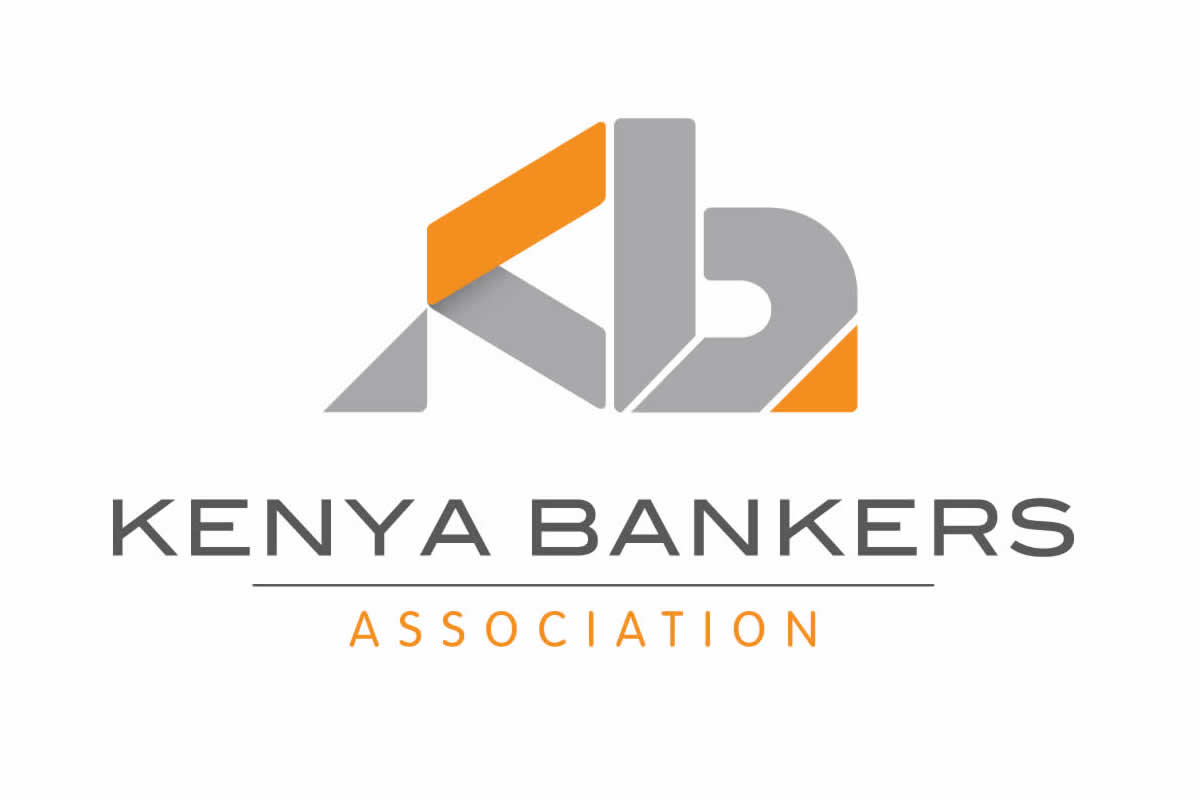Nairobi, April 23rd, 2015 – House prices in Kenya increased by 2.75 per cent during the first Quarter of 2015 compared to the previous Quarter’s 2.18 per cent increase. According to the Kenya Bankers Association Housing Price Index (KBA-HPI), although this increase is mild, it represents an upward trajectory.
According to KBA Director of Research and Policy, Jared Osoro, the price movements were characterised by the softening of the price movements for bungalows and maisonettes, with demand and supply dynamics pointing towards apartments significantly accounting for price movements during the quarter. The decomposed price movements during the quarter represents a reversal of the previous quarter’s state where bungalows were the main drivers of price movements and prices maisonettes and apartments being stable. According to the KBA-HPI, the house price movements reveal the underlying demand-supply market conditions, with instances of price increase implying increased effective demand for the given units available in the market. They also reveal the linkages especially between bungalows and apartments especially in the high end of the market where the demand for the bungalows hinges on the desire to redevelop the property into apartments. That accounts for the prices swinging from an increase in bungalow prices during one quarter – in this case the fourth quarter of 2014 – to a decline in the following quarter that is accompanied by a rallying of apartment prices. In essence there is a lag of at least two quarters during the re-development stage. During the first quarter of 2015, the size of the house was a key price driver. This can be inferred from demand for the houses offered in the market that was influenced by a significant extent on number of bedrooms, bathrooms, and whether a house has a backyard and domestic staff quarters. The same attributes featured prominently in influencing house prices during the fourth quarter of 2014, except that demand for houses available in the market then revealed a preference of fewer bathrooms if that will result in an additional bedroom. Other factors that influenced the price of the houses include the size of the land the house was sitting on, social amenities in the neighbourhood, amenability of the house to re-development and security. “There is evidence that demand for houses on offer were influenced by the taste of the increasingly discerning households. Ease of access to social amenities and preference of gated communities speak to the search for convenience and security by home owners.” Mr. Osoro Said To better guide investors on the trends, the banking industry’s umbrella body Kenya Bankers Association (KBA) launched the KBA-HPI in February 2015 to provide market players and policy makers with an improved analytical tool that is useful for tracking the housing sector based on locational and qualitative and quantitative characteristics that influence pricing. “The KBA HPI is an important tool which will provide institutional investors and individual homebuyers with information about house prices trend, consequently enabling them make better comparisons and assessments.” said KBA CEO, Habil Olaka.
About Kenya Bankers Association
Founded on 16th July 1962, KBA has evolved and broadened its function to include advocacy on behalf of the banking industry, and championing financial sector development through strategic projects. KBA has undertaken major industrywide initiatives, including aligning standards on payments; promoting pricing transparency through the introduction of the Annual Percentage Rate framework (costofcredit.co.ke); and the modernization of the National Payments System through the Automated Clearing House, which KBA owns and operates. In line with the Government’s policy on public-private partnerships, the Association and CBK have implemented key milestone projects such as the Real Time Gross Settlement System (RTGS), and the Kenya Credit Information Sharing Initiative, which introduced the use of information collateral provided by credit reference bureaus to enhance credit access for borrowers.


